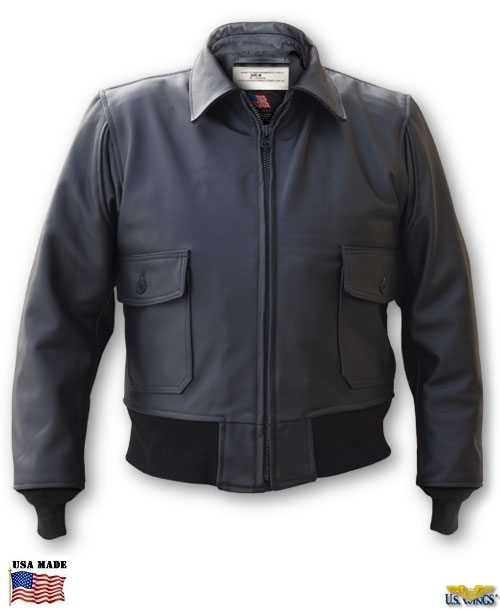B-Man2
Well-Known Member
Here’s what they look like .Well a Surface Warfare jacket would make sense, since the guy had "Waves" rather than "Wings" on his name plate (didn't know anyone outside of aviation wore them)
Honestly looked more impressive than the fuzzball collar Brown G-1s

Surface Warfare Officers Jackets / G2 - US Wings
The US Navy has released their new Surface Warfare Officers Jacket (SWO Jacket). Fit: Normal
 www.uswings.com
www.uswings.com
